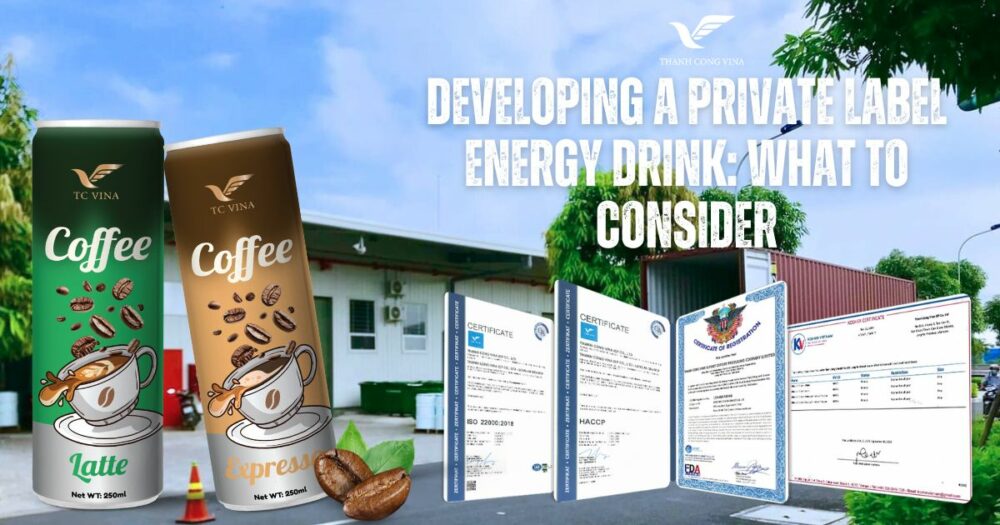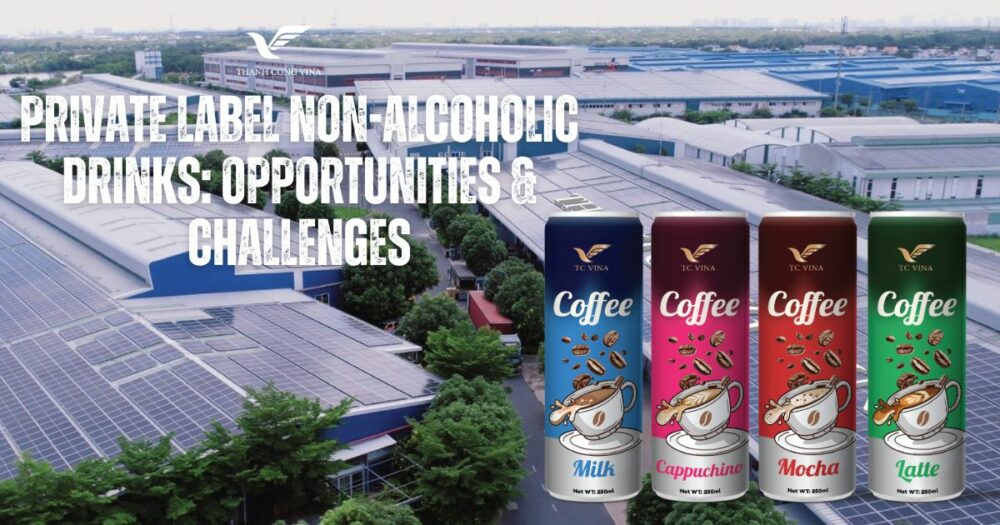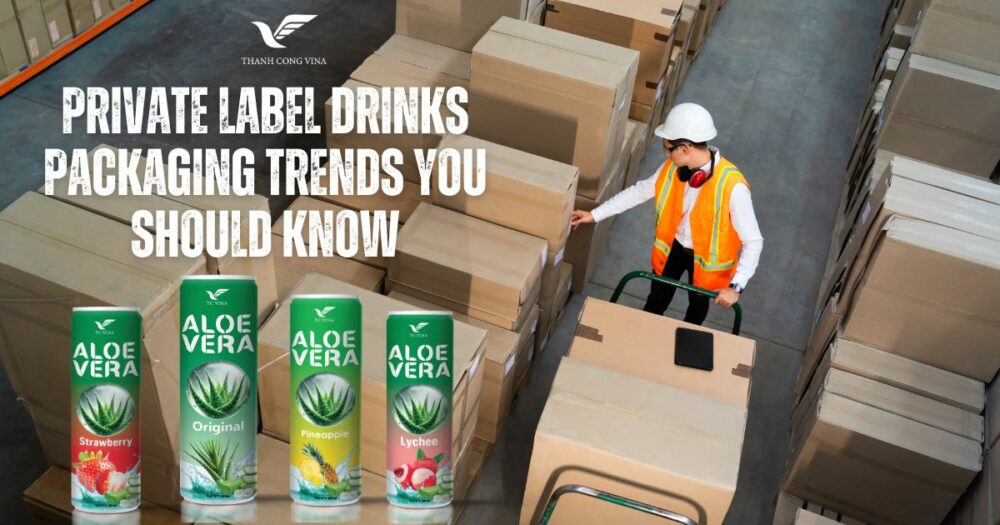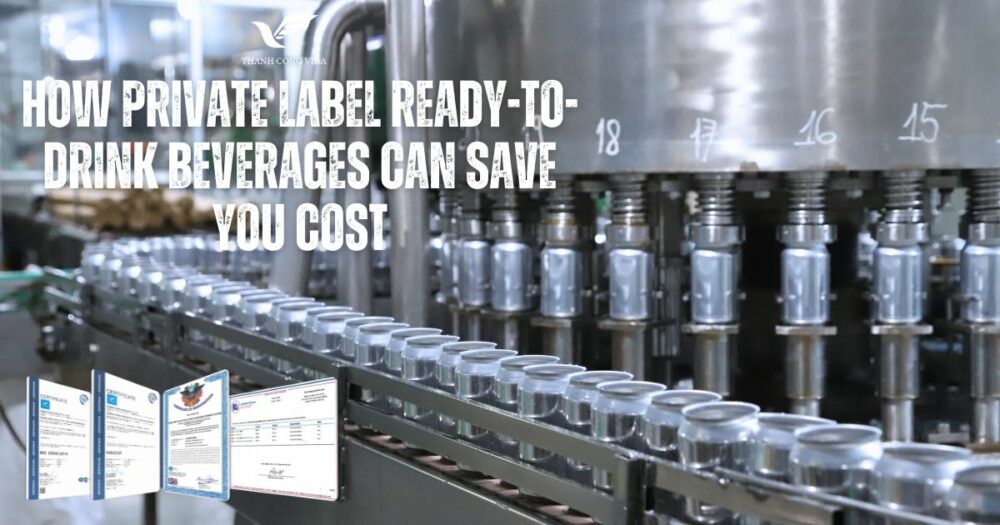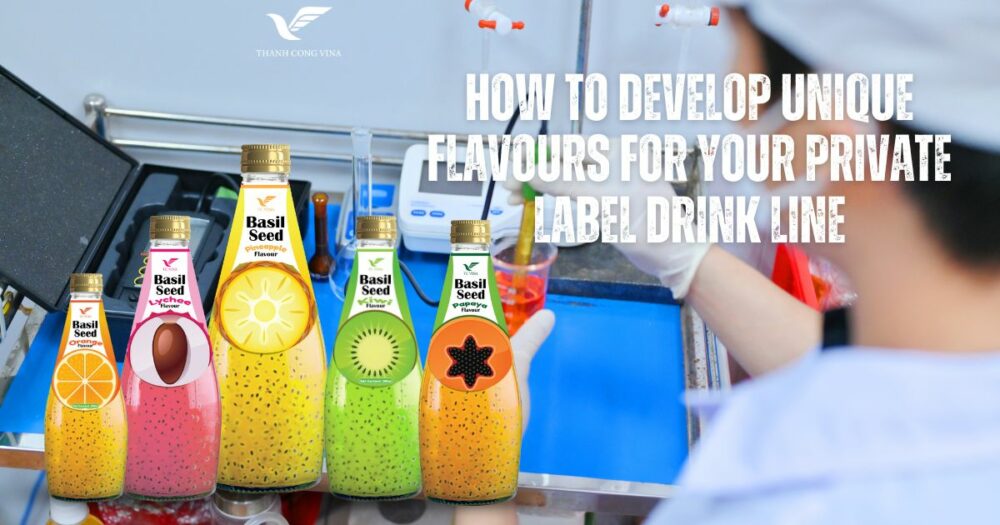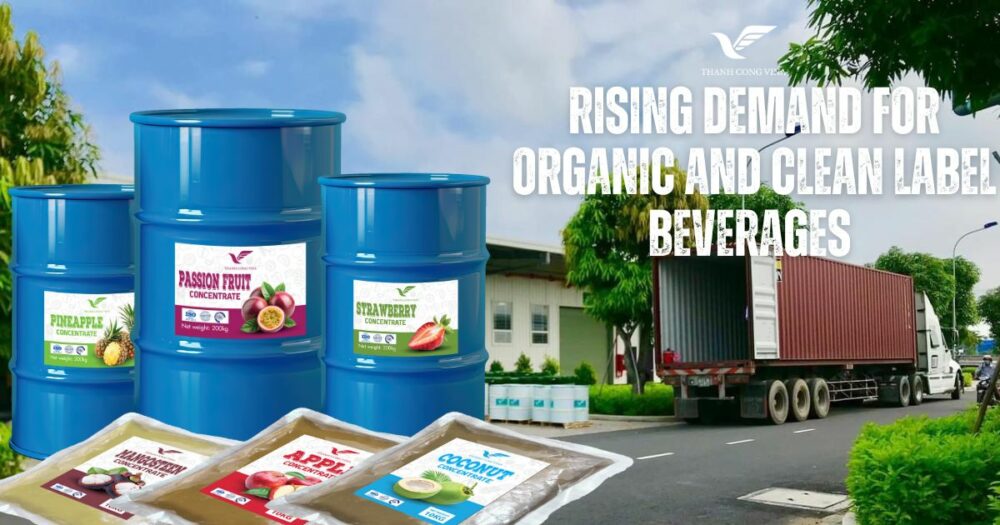The global appetite for energy drinks continues to soar as consumers seek convenient ways to increase focus, enhance performance, and stay energized throughout the day. For many retailers and beverage entrepreneurs, entering this booming market through a Private Label strategy offers a powerful opportunity. Private label energy drinks allow companies to build their own brand identity, control product specifications, and enjoy higher profit margins without investing in full-scale manufacturing facilities.
However, creating a successful private label energy drink involves far more than selecting a flavor and designing a logo. It requires a deep understanding of formulation, functionality, compliance, packaging, cost efficiency, and consumer expectations. Whether you aim to launch an everyday energy booster, a sugar-free formula, or a premium performance drink, every decision influences market acceptance and long-term success.
This comprehensive guide explores what businesses must consider when developing a private label energy drink that stands out in a competitive market.
1. Understanding the Energy Drink Market Landscape
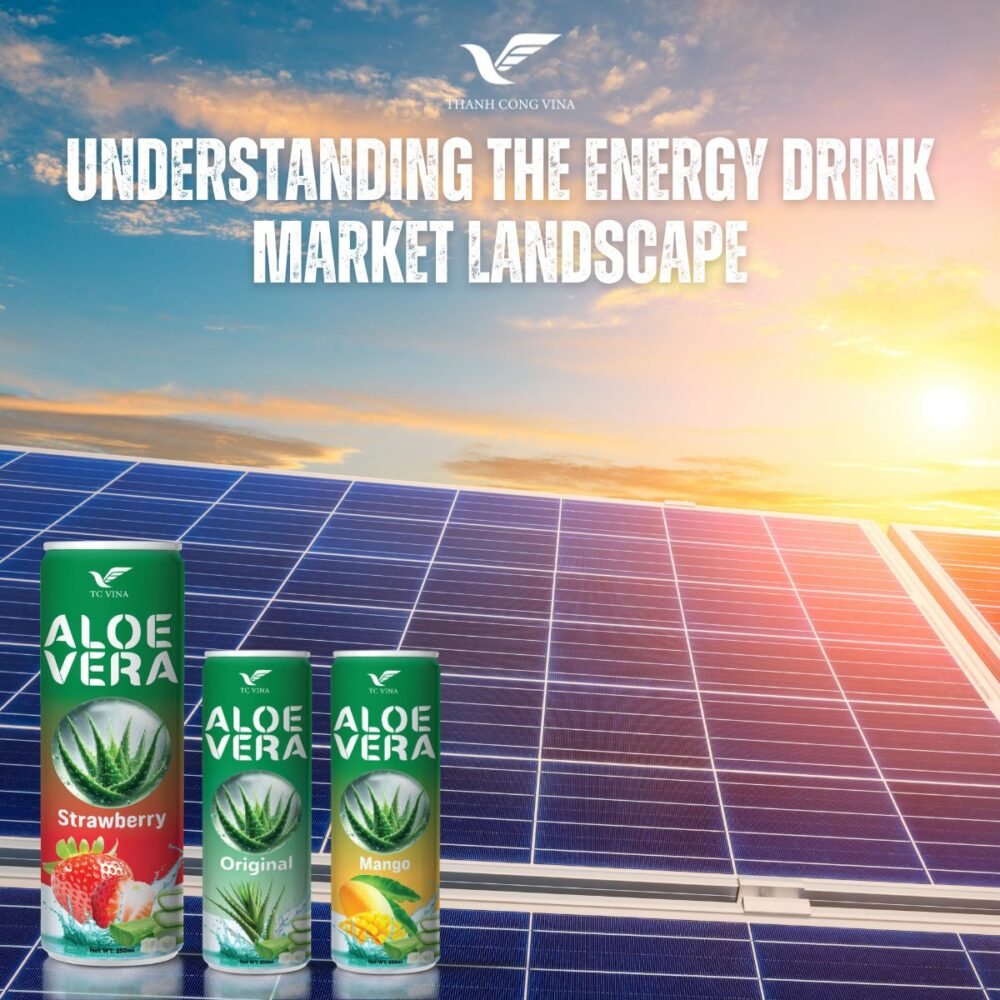
Understanding the Energy Drink Market Landscape
1.1 Key Market Drivers and Consumer Trends
The energy drink sector has experienced steady double-digit growth over the past decade. As lifestyles become busier and digital work expands, consumers increasingly prioritize beverages that offer fast, convenient, and reliable energy. The market is now segmented into categories such as traditional energy drinks, natural energy blends, sugar-free versions, caffeine-free options, and functional hybrids featuring vitamins, amino acids, and adaptogens.
Consumers’ preferences have evolved beyond just stimulation. They now seek energy beverages that are healthier, cleaner, and more transparent in formulation. Many buyers are concerned about high sugar content, artificial colors, and chemical preservatives. Therefore, the trend is shifting toward natural flavors, plant-based caffeine sources, and reduced-sugar formulas.
Understanding these trends ensures that your Private Label energy drink aligns with current expectations. Brands that incorporate clearer ingredient statements, healthier formulations, and modern marketing appeal have a competitive advantage, especially in export markets where nutritional regulations are stricter and consumer awareness is higher.
1.2 Identifying Your Target Customer Segments
The success of a private label energy drink depends heavily on accurate customer segmentation. A formula designed for gym users will differ from one targeted toward office workers or gamers. Athletes may look for added B-vitamins, amino acids, and electrolytes, while gamers often prefer long-lasting caffeine, no crash sensation, and appealing flavors. Office workers may prioritize mental focus, clean energy, and low sugar options.
Understanding who your drink is for helps determine flavor preferences, caffeine levels, packaging size, and marketing strategy. This phase also helps ensure regulatory compliance, as some markets limit caffeine content depending on the target demographic.
Brands entering the energy drink sector through private label manufacturing must evaluate consumer age, lifestyle, activity levels, and regional consumption habits. This foundation guides every stage of development, from product formulation to branding and packaging.
2. Formulating Your Private Label Energy Drink
2.1 Choosing the Right Energy Sources and Functional Ingredients
Formulation is the foundation of any successful energy drink. Traditional energy drinks rely on caffeine, taurine, B-vitamins, and sugar for stimulation. However, modern consumers often demand cleaner, more innovative formulas. Natural caffeine sources like green tea extract, yerba mate, and guarana are increasingly popular. Meanwhile, functional ingredients such as ginseng, L-theanine, electrolytes, and amino acids provide added benefits like focus enhancement or fatigue reduction.
Brands entering the Private Label sector must decide whether their drink will be classic, natural, organic, sugar-free, or hybrid. Each category requires different ingredient combinations and cost considerations. Balancing taste, performance, and health appeal is crucial—an overly bitter natural formula or an overly sweet traditional formula can negatively affect consumer acceptance.
2.2 Achieving Flavor Balance and Consistency
Flavor development is one of the most complex parts of formulating an energy drink. Citrus, berry, tropical, and cola-style flavors dominate the market, but unique options such as lychee, peach mango, or herbal blends can set a brand apart.
Consistency is equally important. A well-manufactured private label energy drink must taste the same in every batch, regardless of production volume. Manufacturers use advanced blending techniques and strict quality control to ensure uniformity. A reliable flavor profile builds trust and encourages repeat purchases.
3. Understanding Global Regulations for Energy Drinks
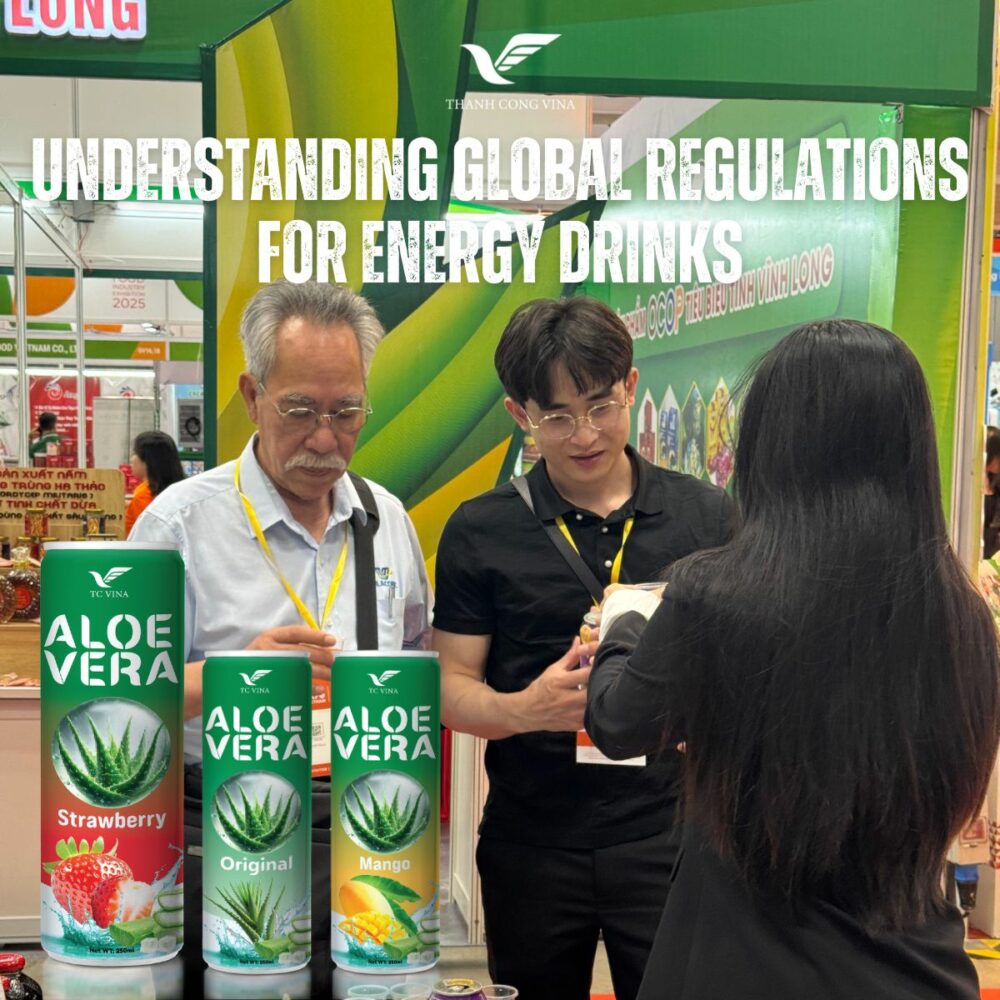
Understanding Global Regulations for Energy Drinks
3.1 Compliance with Caffeine Standards and Ingredient Restrictions
Energy drinks are one of the most tightly regulated beverage categories worldwide due to their stimulant content. Many countries impose strict limits on caffeine levels, artificial additives, and label claims. Some require warning statements such as “Not recommended for children, pregnant women, or caffeine-sensitive individuals.”
A successful Private Label energy drink must comply with the regulations of every target market. For example:
-
The EU limits caffeine content and requires mandatory safety warnings.
-
The US FDA monitors ingredient safety, but labeling must follow specific rules.
-
Middle Eastern countries regulate permissible additives and restrict certain colors.
-
Asian markets may require extensive documentation, lab testing, and Halal certification.
Non-compliance can result in costly delays, rejected shipments, or legal issues. Working with a manufacturer experienced in international compliance reduces risk significantly.
3.2 Certification Requirements for Export Markets
Depending on the target regions, your private label energy drink may require certifications such as HACCP, ISO 22000, HALAL, FDA Registration, or Organic Certification. These certificates enhance credibility and simplify export approval.
Certifications also influence consumer trust. For example, HALAL certification is crucial for Middle Eastern and Southeast Asian markets, while FDA and GMP certifications are essential for North America. Ensuring your manufacturer meets these standards is a major step toward global distribution success.
4. Packaging Considerations for Private Label Energy Drinks

Packaging Considerations for Private Label Energy Drinks
4.1 Choosing the Right Packaging Format
Energy drinks are primarily packaged in aluminum cans, PET bottles, or slim cans. Aluminum cans are preferred for energy beverages due to their durability, portability, and strong visual appeal. Slim cans, in particular, create a premium appearance and are commonly associated with modern, stylish energy drink brands.
PET bottles offer more volume options and flexibility, making them ideal for sports-focused energy drinks or functional beverages. Your choice of packaging should reflect your target audience, formula type, and desired market positioning.
In the Private Label sector, packaging is one of the most influential factors that shape consumer perception. Every detail—from logo placement to color palette—can determine whether shoppers pick your drink from a crowded shelf.
4.2: Sustainability and Eco-Friendly Packaging Trends
Consumers increasingly value environmentally friendly packaging. Brands that use recyclable materials, reduced plastics, or sustainable inks gain a competitive edge. Some companies now explore aluminum-only packaging, biodegradable labels, or lightweight PET designs to reduce carbon footprint.
Eco-conscious packaging not only appeals to consumers but also supports retailer ESG goals. This is especially important for export markets where sustainability regulations continue to tighten.
5. Cost Planning and Budget Management
5.1 Ingredient Costs and Pricing Strategy
The cost of developing a private label energy drink depends heavily on the formula complexity. Natural caffeine sources, premium ingredients, or sugar-free options typically increase production costs. On the other hand, mass-market formulas with standard ingredients are cheaper to produce.
Businesses must evaluate how ingredient quality influences pricing strategy. A low-cost energy drink may attract budget-conscious consumers, while a premium formula can justify higher pricing with added functionality or health benefits.
Finding the right balance between product value and production cost ensures profitability and long-term competitiveness.
5.2 Minimum Order Quantities and Logistics
Private label manufacturing usually requires minimum order quantities (MOQs). Larger production volumes reduce per-unit cost, but smaller businesses must evaluate cash flow and inventory needs. Additionally, logistics such as warehousing, shipping, and export taxes affect total cost.
Working with a flexible manufacturer that offers reasonable MOQs and cost-efficient export services is essential. Cost planning should consider not only production but also packaging, labeling, storage, marketing, and distribution.
6. Branding and Positioning Your Private Label Energy Drink
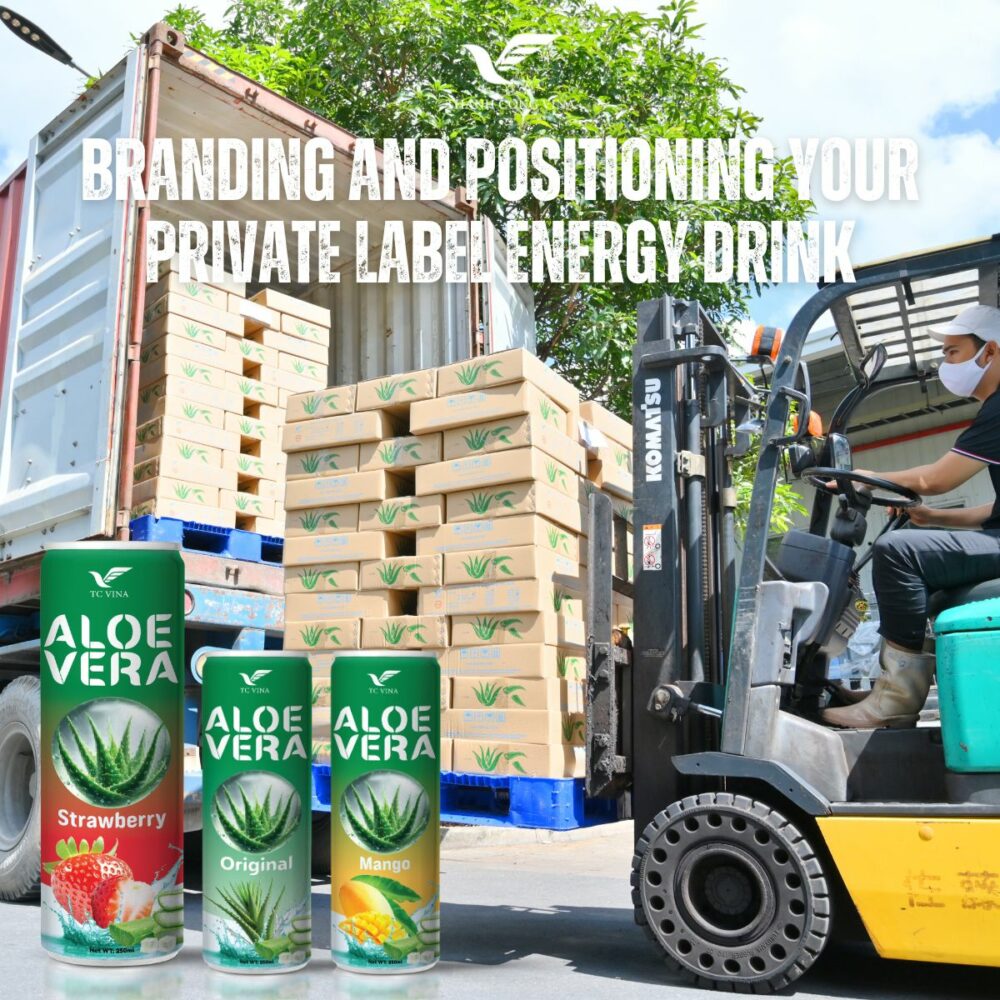
6.1 Building a Distinctive Brand Identity
In a competitive market, branding is just as important as formulation. Your energy drink must communicate a clear message: Is it designed for athletes? Gamers? Students? Busy professionals?
Brand identity includes logo design, packaging layout, brand voice, and marketing visuals. Modern energy drink consumers respond well to bold typography, dynamic colors, and sleek can designs. Your visual identity must align with your target demographic and reflect your brand’s promise—whether it’s performance, focus, natural energy, or a lifestyle concept.
6.2 Marketing Strategies That Drive Sales
A successful product launch requires multi-channel marketing. Social media campaigns, influencer collaborations, fitness sponsorships, and sampling programs are particularly effective for energy drink brands. Gamers, athletes, and young professionals are highly active online, making platforms like TikTok, Instagram, and YouTube powerful promotional channels.
Retail display strategies also matter. Bold shelf placement, ready-to-drink coolers, and eye-catching point-of-sale displays boost in-store conversions. Consistency between digital and retail branding reinforces consumer trust and increases sales.
Conclusion
Developing a Private Label energy drink requires strategic planning, precise formulation, regulatory understanding, and strong branding. From selecting the right caffeine source to designing a standout packaging concept, every decision shapes how the final product performs in the marketplace. Energy drinks face intense competition, but brands that prioritize quality, innovation, and compliance can build long-term consumer loyalty.
This is why choosing the right manufacturing partner is essential. Thanh Cong Vina provides advanced beverage production capabilities, strict international certifications, and customizable formulations tailored for global markets. Whether you aim to launch a natural energy blend, a sugar-free formula, or a premium performance drink, Thanh Cong Vina delivers the expertise and quality assurance needed to ensure success. With the rising global demand for functional beverages, partnering with Thanh Cong Vina offers a competitive advantage for brands looking to grow their private label energy drink line.


